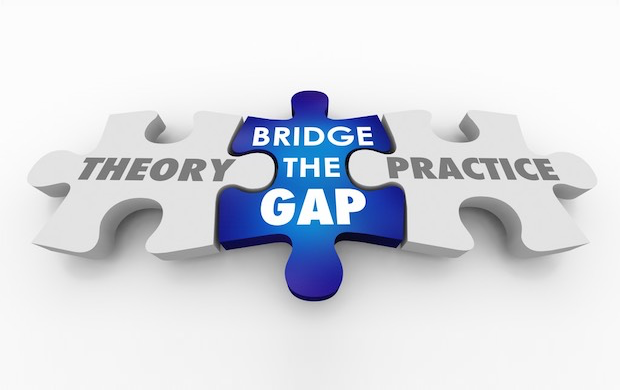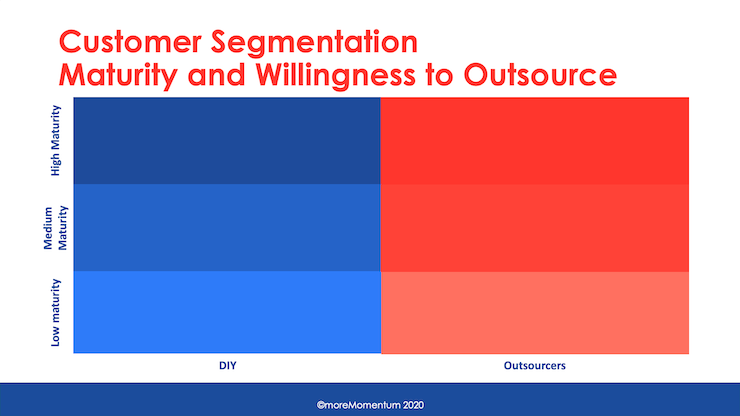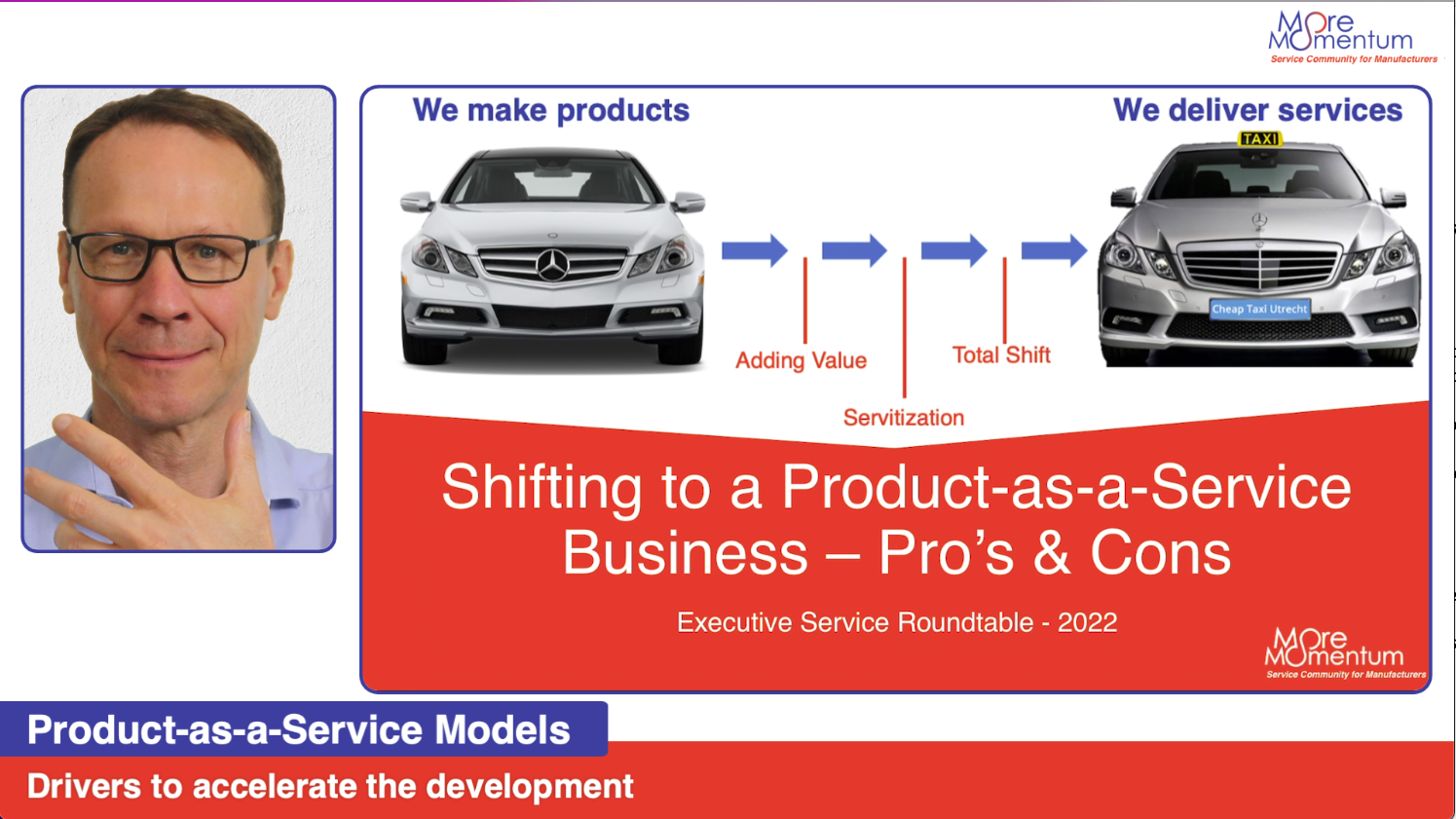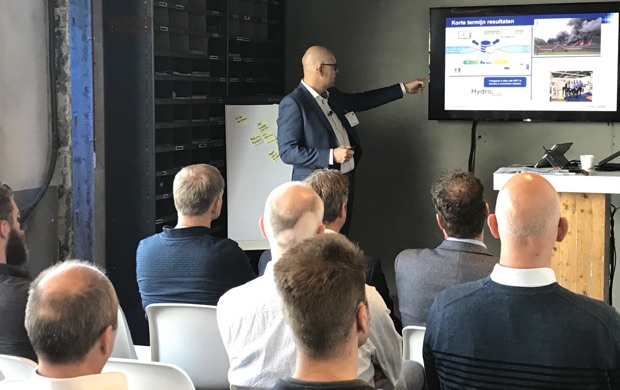How to Get Services on the Strategic Agenda of Manufacturers
Do you miss the necessary strategic support and funding to drive the (digital) service transformation? Do you see a risk of falling behind the...
4 min read
Jan van Veen
Jun 10, 2020 8:11:00 PM

Servitization, outcome-based services and product-as-a-service are hot topics. However, we see little examples in the industrial sectors. Too often, there is a gap between the theoretical framework and the real practice. Here are 3 critical steps to boost the success of your servitization-journey.
We hear a lot about servitization, outcome-based services and product-as-a-service business models. However, we see little examples in the industrial sectors. Many manufacturers face serious challenges while developing and launching new service offerings:
3 of the root causes are:
In this article I share some of the best practices for designing advanced offerings which will help you to overcome these challenges:
Just as an increasing number of manufacturing companies, you may be looking for ways to thrive during disruptive change in your industry. This is an exciting journey of enhancing your business models with digital solutions and advanced services.
Some of the major trends that make this mission critical for your future success are:
The vision behind these innovations is:
Most service leaders and innovators, solution providers, academics and consultants use broad and abstract concepts to describe their vision, strategy, innovations and new offerings with container words like:
I often hear from service leaders and innovation teams that they struggle with challenges like:
In essence, all boils down to the following 3 problems:
This is pretty frustrating, isn’t it?
In this article I share critical frameworks which many service teams miss in their service innovation strategies. These are:
To be truly outside-in and customer driven, you need to have a deep insight in the challenges and problems your clients are facing in their business. Deep customer insights should:
You and your colleagues already have most information at hand. It is a matter of turning this information and knowledge into a compelling customer story, for irresistible advanced services.
You can read more about this in “Build a Strong Customer Story in 7 Steps and Launch Irresistible Advanced Services”
One size does not fit all. Different clients have different visions and strategies, different challenges and therefore different needs. When defining the (latent) customer needs for today and the near future, it is crucial to have some sort of segmentation of your important clients based on their (future) needs.
This segmentation will help you to develop a robust strategy which defines which customer segments you will target, with which new service offerings and which business models you will develop.
There are many ways to segment clients based on their needs, largely depending on the specific industry. I will share two generic patterns for customer segmentation which can be useful for you to take as a starting point. They are based on segmentations of innovative and successful manufacturers and service leaders.
Two often used patterns for customer segmentation are:

This could be a useful pattern in industries where many of your (potential) clients tend to do most functions themselves instead of outsourcing the activities (like maintenance of equipment).
Along the vertical axis you can separate segments based on the maturity of their core capabilities and processes.
For example, in the industry of metalworkers this could be:
This is a very brief description. You should probably also look into functions like sales, marketing, engineering, internal logistics, inventory management, tools management, financial management, human resources management etcetera. You get the picture.
Along the horizontal axis you can segment your market into clients that tend to do as much as possible themselves versus clients that outsource many functions which are not part of their core-process. Clients in the first category probably have various dedicated departments, competence centres or teams for functions like process optimization and maintenance.
Subscribe for the our Impulse Letter
With regular updates about service news, trends and best practices.

Do you miss the necessary strategic support and funding to drive the (digital) service transformation? Do you see a risk of falling behind the...

Why investing in Product-as-a-Service models when it seems hard to convince customers about the value and to pay for these services? There are more...

A Masterclass "How to Develop new Service Business Models", by Jan van Veen (moreMomentum), Joris van den Burg (Yokogawa) and Marco Vos (Marel)...